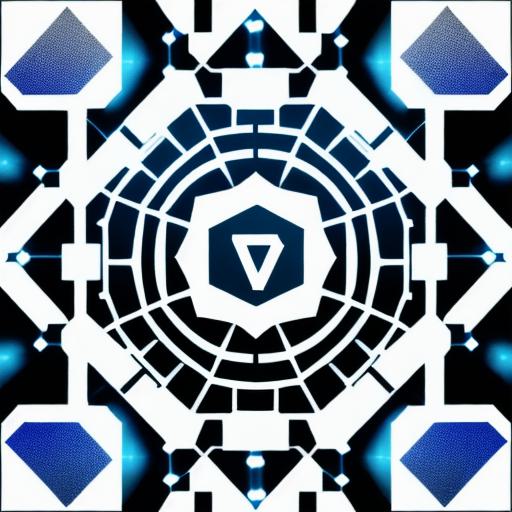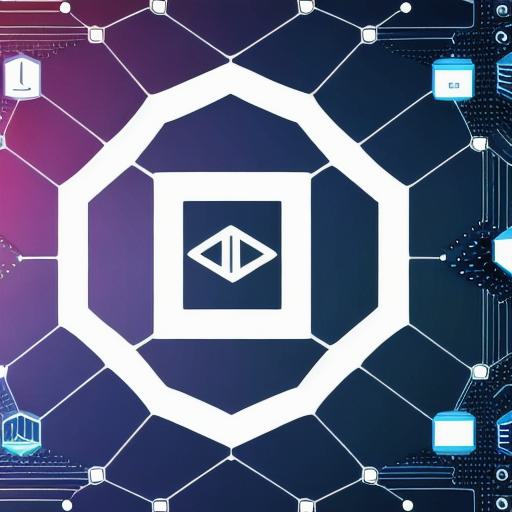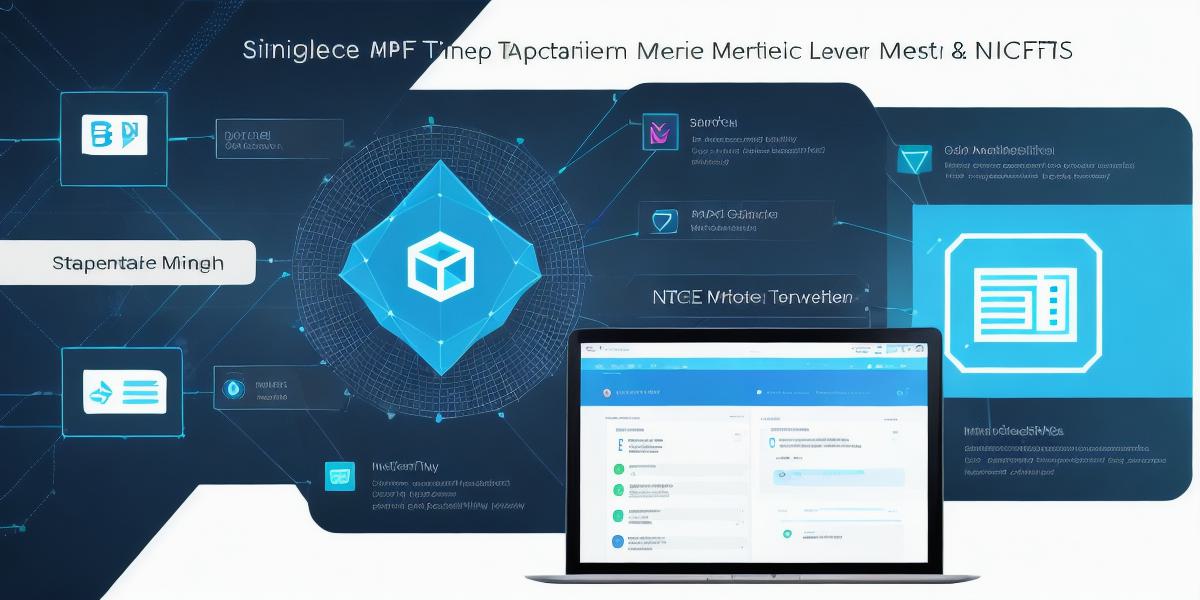Blockchain technology has been a game-changer since its inception, enabling secure and transparent transactions without intermediaries. However, with the rise of decentralized applications (dApps) built on top of blockchain networks, it’s clear that the future of blockchain is Web3. In this article, we’ll explore the power of Web3 and how it’s revolutionizing dApp development.
What is Web3?

Web3 refers to the third generation of the internet, built on decentralized blockchain networks. Unlike Web1 and Web2, which were centralized and controlled by a few large corporations, Web3 is open, transparent, and community-driven. It leverages the power of smart contracts, decentralized storage, and peer-to-peer networking to enable new forms of applications that are more secure, private, and efficient.
The Power of Decentralization

Decentralization is at the heart of Web3 technology, enabling applications to run on a network of computers rather than a central server. This has several advantages. Firstly, it eliminates the need for intermediaries like banks or social media companies, which can be vulnerable to hacks and data breaches. Secondly, it enables greater privacy and security, as data is stored on the blockchain in an encrypted format that can’t be accessed by hackers. Finally, it allows for greater scalability, as dApps built on Web3 networks can handle a large number of users and transactions without slowing down.
Real-life Examples of Web3 in Action
There are already many examples of Web3 technology being put to work in various industries. One such example is OpenSea, a decentralized marketplace for buying, selling, and trading digital art and collectibles. Built on the Ethereum blockchain, OpenSea allows artists to monetize their creations directly with buyers without intermediaries. Another example is Decentraland, a virtual world built on the Ethereum blockchain that enables users to create, own, and trade assets in a decentralized manner.
The Future of dApp Development
Web3 technology has opened up new possibilities for dApp development, enabling applications to be built that were previously impossible or impractical. For example, Web3 networks can enable applications to be built that are more secure, private, and scalable, which is particularly important for industries like finance and healthcare where data security is critical. Additionally, Web3 technology enables developers to build applications that are decentralized and community-driven, allowing users to have greater control over their data and transactions.
FAQs
What is the difference between Web1, Web2, and Web3?
Web1 refers to the first generation of the internet, characterized by centralized networks that were controlled by a few large corporations. Web2 referred to the second generation of the internet, which saw the rise of social media and other centralized platforms. Web3 refers to the third generation of the internet, built on decentralized blockchain networks.
What are some examples of Web3 technology in action?
Some examples of Web3 technology in action include OpenSea, a decentralized marketplace for buying, selling, and trading digital art and collectibles, and Decentraland, a virtual world built on the Ethereum blockchain that enables users to create, own, and trade assets in a decentralized manner.
What are the benefits of using Web3 technology for dApp development?
Web3 technology offers several benefits for dApp development, including greater security, privacy, scalability, and community control over data and transactions.
